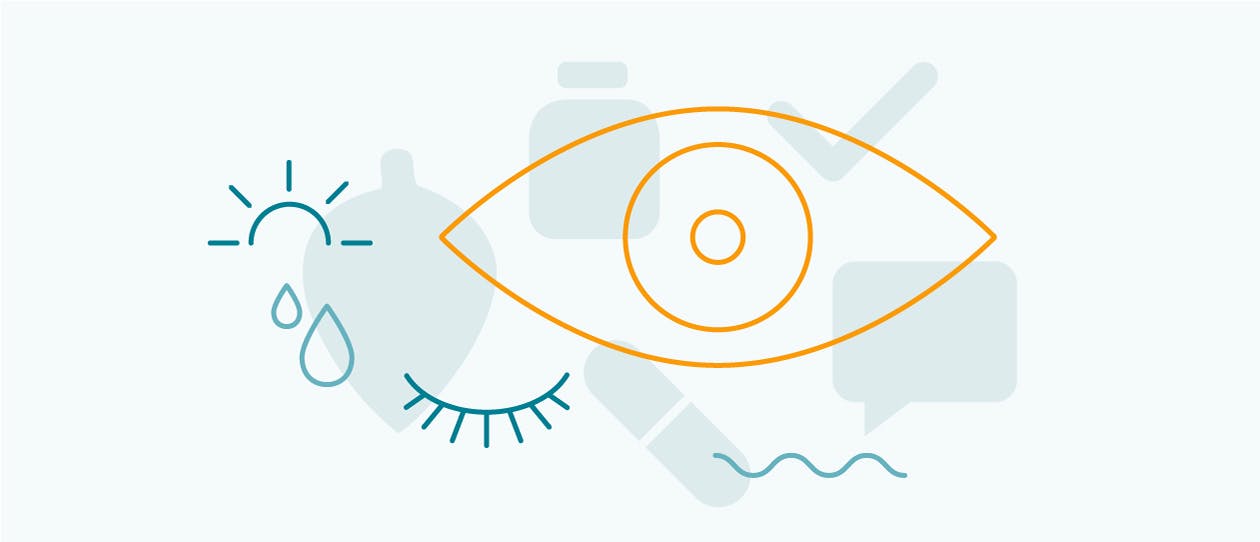
Stye: Symptoms, Causes & Relief
1
A stye (or hordeolum) occurs when an eyelash follicle becomes infected.


Styes are usually caused by infection with Staphylococcus bacteria, which are normally present on our skin. Blowing your nose and then touching your eyes may be all it takes to spread the bacteria to the eyes.
Some people are more prone to styes than others.
Factors that increase the likelihood of developing styes include being diabetic, suffering from a debilitating illness, and having high blood lipid levels (e.g. high cholesterol or high triglycerides). People who suffer from the eye condition blepharitis or the skin condition seborrhoea are also susceptible.